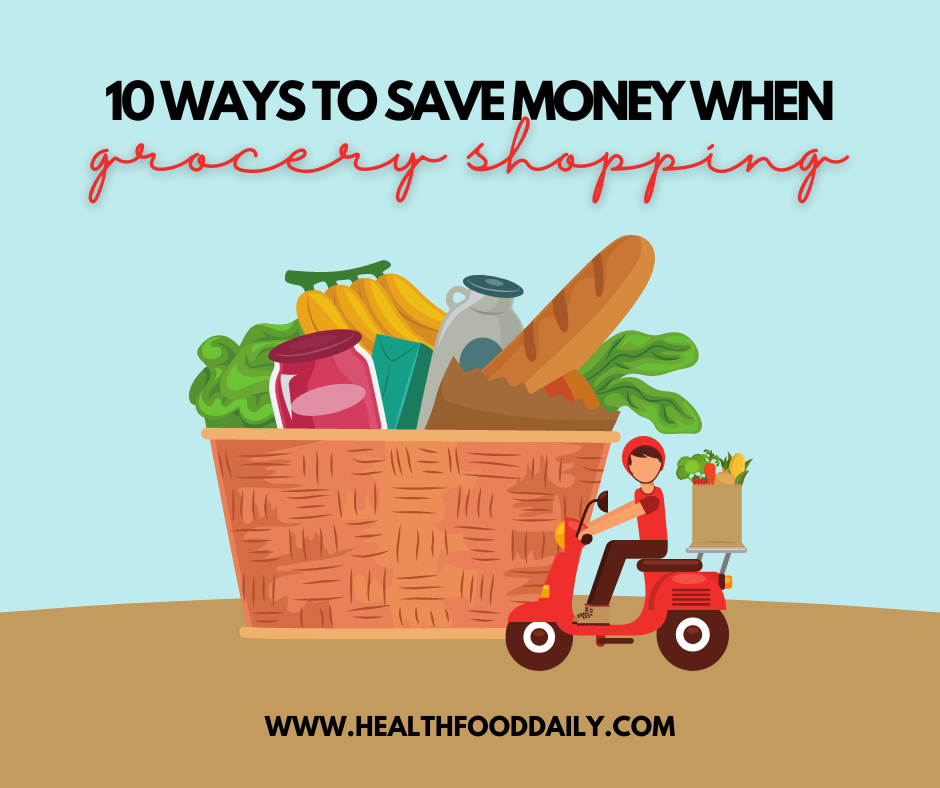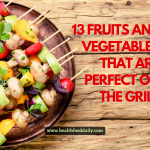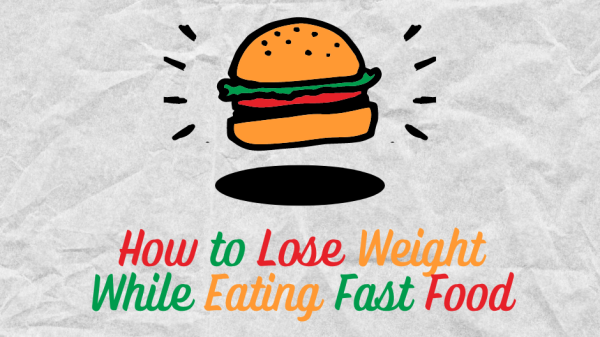

With the rising costs of items these days, many people find it hard to save money for their grocery expenses. In this article, we’ll be sharing ten hot tips to make sure you save as much money as you can when doing the grocery. This way, you can save money to purchase other things you need!
1. Make a Grocery List
Drafting a grocery list is the best thing you can do to save money while grocery shopping. When you write a list, you’re thinking about what you want to eat for the week. Whether it’s French onion soup, enchiladas, or fish and chips, you know exactly what ingredients you need—nothing more, nothing less. This then helps you refrain from buying ingredients impulsively, or buying things you think you might need but really don’t.
2. Pick Your Produce Carefully
You should always buy some produce when you’re at the store. Fruits and vegetables are filled with a ton of vitamins and minerals that are so good for your body! However, depending on your budget, you need to be picky about what you buy.
That’s because fresh fruits and vegetables don’t last very long. Once that banana has become too brown and that spinach too wilted, it goes straight to the compost or bin. That’s literally money down the drain!
Besides that, some fruits and vegetables are more expensive than others, and you need to be aware of that. Why go for imported ones when you can go for local ones? They can be just as tasty, you know!
If you can’t eat fresh fruits and vegetables for whatever reason, stick with canned or frozen. Also, figure out ways to consume cheaper produce.
3. Take Advantage of Sales
This is pretty self-explanatory. Once in a while, many stores should have sales to get rid of any excess stock for a really good price. Capitalize on sales as much as you can, but make sure whatever you’re buying is something you’d eat too. Just because it’s on sale doesn’t mean you have to buy it!
And don’t be picky about what to get on sale, too. Just because the fruit doesn’t look as pretty or the canned good is from a brand you don’t recognize doesn’t mean it’s not good. Feel free to experiment with new things to help you save money.
4. Look at the Unit Prices
Everybody looks at the price when they buy something, but have you ever looked at the unit price? This gives you a more accurate depiction of how much money you’re spending!
For example, you’re an avid cereal eater and go through multiple boxes a week. It would make sense to buy a huge box of it, right? But, if you look at the unit price, sometimes the cost of cereal per pound in a big box might actually be more expensive than the cost of cereal per pound in a smaller box. So, your money will be better spent buying multiple smaller boxes instead.
5. Pick Another Protein
Red meat, white meat, and seafood tend to be the most expensive foods on our grocery list. So, if you’re not a picky eater, you should consider switching them out for plant-based protein sources like beans and legumes. They’re just as protein-packed and tasty as meat but are significantly cheaper!
If you don’t want to give up meat, you can always opt for cheaper cuts instead. Ground pork, top-round steaks, and chicken thighs or wings are a lot cheaper than rib eyes or chicken breasts.
If you want to take things further, you can mix meat with veggies to make things more filling. For example, you can use ground beef and ground mushrooms to make beef patties instead of all ground beef.
6. Buy in Bulk
Bulk stores like Costco and Sam’s Club offer amazing deals that save money when you buy grocery items in bulk. So, if you’re a member of a large family or just really love one food in particular, you should think about buying them in bulk. This can save you money in the long run.
Again, however, you should only buy things you know you can finish. Buying crackers in bulk is okay since they have a pretty long shelf life, but buying things like fruits and vegetables is not unless you plan on freezing them.
7. Understand Expiration Dates
Expiry dates are some of the most relative things around. It leads to a lot of food wastage because people think they should throw away foods that are even one day past expiration.
However, “expired” food doesn’t necessarily mean that it’s unsafe for consumption. It won’t be as great quality as fresher foods, but it’s still perfectly edible! Just give it a good look, sniff, and touch—if it seems normal besides the expiration date, then it’s probably still good.
When you’re restocking food items, always make sure you put older foods up front so you consume them first.
8. Empty Your Pantry and Freezer
Have you ever walked around your kitchen thinking to yourself, “There’s nothing to eat!” while ignoring all the food items at your disposal? Let’s be real—we’ve all been guilty of that.
Before you order takeout food, make sure to look through your fridge, cabinets, and pantries. What do you see? Is there something you can make a good meal out of? It’s amazing what you can do with the leftovers you’ve scrounged up. For example, eggs, cheese, and pasta make a simple bowl of carbonara already.
Taking note of all the foods you have makes you make better grocery lists that save money. It also forces you to throw out any expired foods that are cluttering your kitchen.
9. Shop at a Different Store
It gets super comfortable shopping at your favorite store, but you should always expand your horizons if you want better deals. One store might have cheaper meats, another might have cheaper fruits and vegetables, while the other store might have cheaper grains! So, save money by experimenting with grocery stores.
Of course, driving to and fro isn’t exactly cheap either, so don’t sweat it if you can only pick one. Instead, you can shop at one store for one week and then move to another one for the next. Or, if the stores are close by, you can just take a walk to the next one!
You can also divide and conquer by having family members visit different stores.
10. Don’t Go the Easy Route
Lots of food are convenient these days. From pre-cut produce to ready-made sauces to just-add-hot-water dishes, you can easily make meals in a flash!
All of these, however, come with a cost. Convenience isn’t cheap. It might not seem like a lot, but it all adds up!
So, compare prices between convenience foods and foods that require a little more work. For example, it’s just not worth it to buy a Lunchable when you can make your own Lunchables at home. Not only do you save money, but you also eat healthier too since you know what goes in your food!


